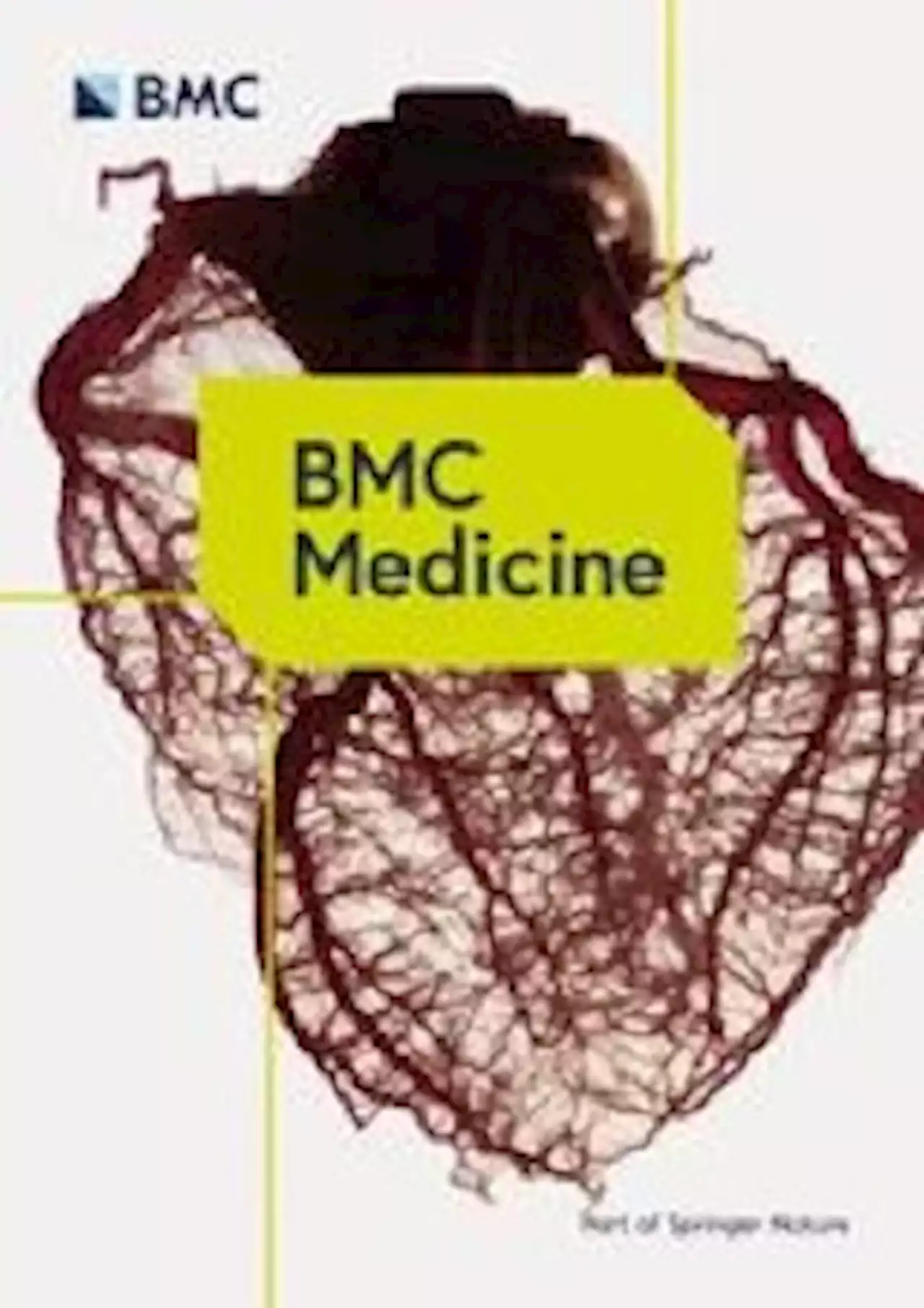Maternal cardiometabolic health during pregnancy is associated with child developmental outcomes at 5 years old, finds a study published in BMCMedicine.
] have described associations between pregnancy cardiometabolic markers and childhood health-related outcomes, it still remains unclear whether the associations are predominantly due to intrauterine mechanisms or other external confounders such as birth outcomes or socioeconomic levels. The mediation models in this study provides a closer examination of maternal-child associations with added mediators before any environmental influence.
This study had several limitations. First, this prospective cohort had a limited sample size that met the requirement for metabolic syndrome classification , in addition to missing data for the child cord blood markers when comparing mother–child pairs. In addition, the measure of diabetes taken by the study team did not differentiate between type I and type II diabetes in the mother.
Future research could include a closer examination of ethnic differences, epigenetic effects, or additional childhood factors such as feeding or sleeping and environmental factors contributing to maternal cardiometabolic health and child developmental outcomes.
United Kingdom Latest News, United Kingdom Headlines
Similar News:You can also read news stories similar to this one that we have collected from other news sources.
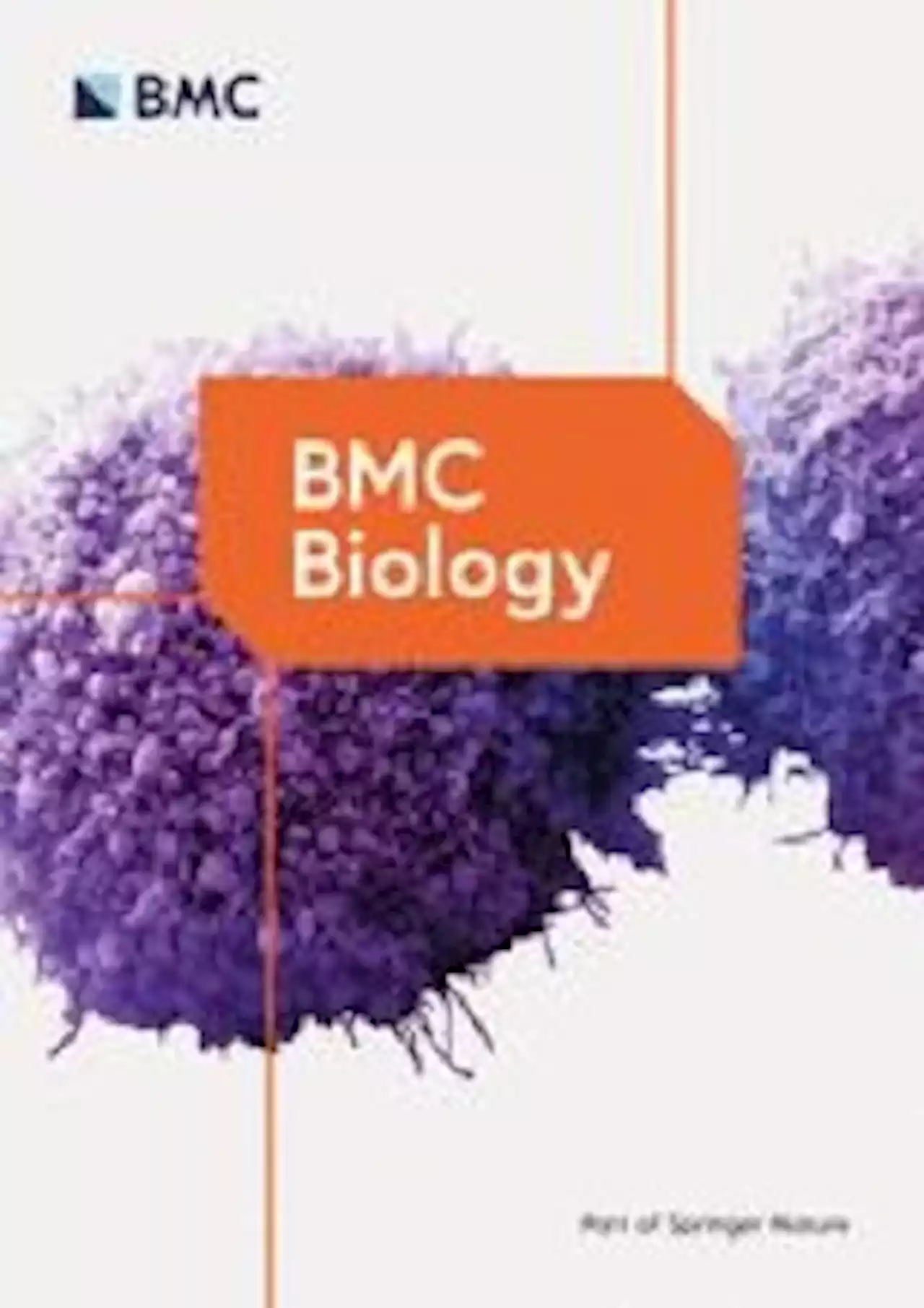 RNAlysis: analyze your RNA sequencing data without writing a single line of code - BMC BiologyBackground Among the major challenges in next-generation sequencing experiments are exploratory data analysis, interpreting trends, identifying potential targets/candidates, and visualizing the results clearly and intuitively. These hurdles are further heightened for researchers who are not experienced in writing computer code since most available analysis tools require programming skills. Even for proficient computational biologists, an efficient and replicable system is warranted to generate standardized results. Results We have developed RNAlysis, a modular Python-based analysis software for RNA sequencing data. RNAlysis allows users to build customized analysis pipelines suiting their specific research questions, going all the way from raw FASTQ files (adapter trimming, alignment, and feature counting), through exploratory data analysis and data visualization, clustering analysis, and gene set enrichment analysis. RNAlysis provides a friendly graphical user interface, allowing researchers to analyze data without writing code. We demonstrate the use of RNAlysis by analyzing RNA sequencing data from different studies using C. elegans nematodes. We note that the software applies equally to data obtained from any organism with an existing reference genome. Conclusions RNAlysis is suitable for investigating various biological questions, allowing researchers to more accurately and reproducibly run comprehensive bioinformatic analyses. It functions as a gateway into RNA sequencing analysis for less computer-savvy researchers, but can also help experienced bioinformaticians make their analyses more robust and efficient, as it offers diverse tools, scalability, automation, and standardization between analyses.
RNAlysis: analyze your RNA sequencing data without writing a single line of code - BMC BiologyBackground Among the major challenges in next-generation sequencing experiments are exploratory data analysis, interpreting trends, identifying potential targets/candidates, and visualizing the results clearly and intuitively. These hurdles are further heightened for researchers who are not experienced in writing computer code since most available analysis tools require programming skills. Even for proficient computational biologists, an efficient and replicable system is warranted to generate standardized results. Results We have developed RNAlysis, a modular Python-based analysis software for RNA sequencing data. RNAlysis allows users to build customized analysis pipelines suiting their specific research questions, going all the way from raw FASTQ files (adapter trimming, alignment, and feature counting), through exploratory data analysis and data visualization, clustering analysis, and gene set enrichment analysis. RNAlysis provides a friendly graphical user interface, allowing researchers to analyze data without writing code. We demonstrate the use of RNAlysis by analyzing RNA sequencing data from different studies using C. elegans nematodes. We note that the software applies equally to data obtained from any organism with an existing reference genome. Conclusions RNAlysis is suitable for investigating various biological questions, allowing researchers to more accurately and reproducibly run comprehensive bioinformatic analyses. It functions as a gateway into RNA sequencing analysis for less computer-savvy researchers, but can also help experienced bioinformaticians make their analyses more robust and efficient, as it offers diverse tools, scalability, automation, and standardization between analyses.
Read more »
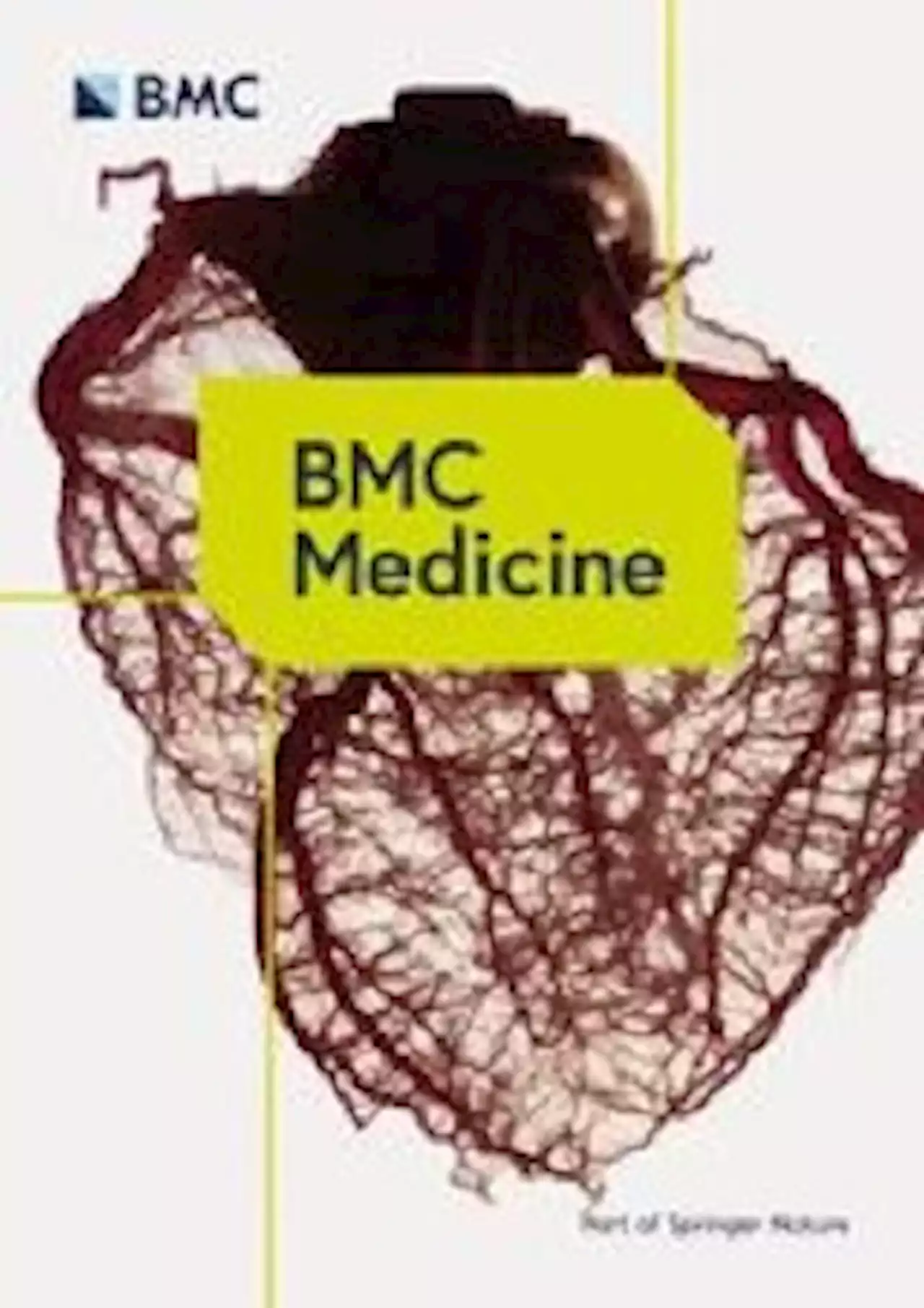 Preserved vegetable consumption and its association with mortality among 440,415 people in the China Kadoorie Biobank - BMC MedicineBackground Fresh vegetable consumption has been associated with lower incidence of cardiovascular disease (CVD). However, whether preserved vegetable consumption is linked with CVD and mortality remains unclear. This study aimed to assess the associations of preserved vegetable consumption with all-cause and cause-specific mortality. Methods A total of 440,415 participants free of major chronic diseases, aged 30–79 years, were enrolled from 10 diverse regions in China between 2004 and 2008 and were followed up for an average of 10 years. Preserved vegetable consumption was assessed using a validated food frequency questionnaire. Cause-specific hazard models with the consideration of competing risk from various deaths were performed to calculate hazard ratios (HRs) and 95% confidence intervals (CIs) of mortality. Results During 4,415,784 person-years of follow-up, we documented 28,625 deaths. After adjustment for major risk factors, preserved vegetable consumption was marginally associated with higher CVD mortality (P=0.041 for trend and P=0.025 for non-linearity) but not associated with cancer mortality and total mortality. For specific causes of death, consuming preserved vegetables was associated with higher hemorrhagic stroke mortality. The multivariable-adjusted HRs (95% CIs) of hemorrhagic stroke mortality compared with non-consumers were 1.32 (1.17–1.50) for 1–3 days/week and 1.15 (1.00–1.31) for regular consumers (≥4 days/week) (P=0.006 for trend and P | 0.001 for non-linearity). In addition, regular preserved vegetable consumption was associated with increased risk of digestive tract cancer mortality [HR (95% CI): 1.13 (1.00–1.28); P=0.053 for trend] and esophageal cancer mortality [HR (95% CI): 1.45 (1.17–1.81); P=0.002 for trend]. Conclusions Frequent consumption of preserved vegetables was associated with higher risk of mortality from hemorrhagic stroke and esophageal cancer in China. Our findings suggest limiting preserved vegetable consumption might be
Preserved vegetable consumption and its association with mortality among 440,415 people in the China Kadoorie Biobank - BMC MedicineBackground Fresh vegetable consumption has been associated with lower incidence of cardiovascular disease (CVD). However, whether preserved vegetable consumption is linked with CVD and mortality remains unclear. This study aimed to assess the associations of preserved vegetable consumption with all-cause and cause-specific mortality. Methods A total of 440,415 participants free of major chronic diseases, aged 30–79 years, were enrolled from 10 diverse regions in China between 2004 and 2008 and were followed up for an average of 10 years. Preserved vegetable consumption was assessed using a validated food frequency questionnaire. Cause-specific hazard models with the consideration of competing risk from various deaths were performed to calculate hazard ratios (HRs) and 95% confidence intervals (CIs) of mortality. Results During 4,415,784 person-years of follow-up, we documented 28,625 deaths. After adjustment for major risk factors, preserved vegetable consumption was marginally associated with higher CVD mortality (P=0.041 for trend and P=0.025 for non-linearity) but not associated with cancer mortality and total mortality. For specific causes of death, consuming preserved vegetables was associated with higher hemorrhagic stroke mortality. The multivariable-adjusted HRs (95% CIs) of hemorrhagic stroke mortality compared with non-consumers were 1.32 (1.17–1.50) for 1–3 days/week and 1.15 (1.00–1.31) for regular consumers (≥4 days/week) (P=0.006 for trend and P | 0.001 for non-linearity). In addition, regular preserved vegetable consumption was associated with increased risk of digestive tract cancer mortality [HR (95% CI): 1.13 (1.00–1.28); P=0.053 for trend] and esophageal cancer mortality [HR (95% CI): 1.45 (1.17–1.81); P=0.002 for trend]. Conclusions Frequent consumption of preserved vegetables was associated with higher risk of mortality from hemorrhagic stroke and esophageal cancer in China. Our findings suggest limiting preserved vegetable consumption might be
Read more »
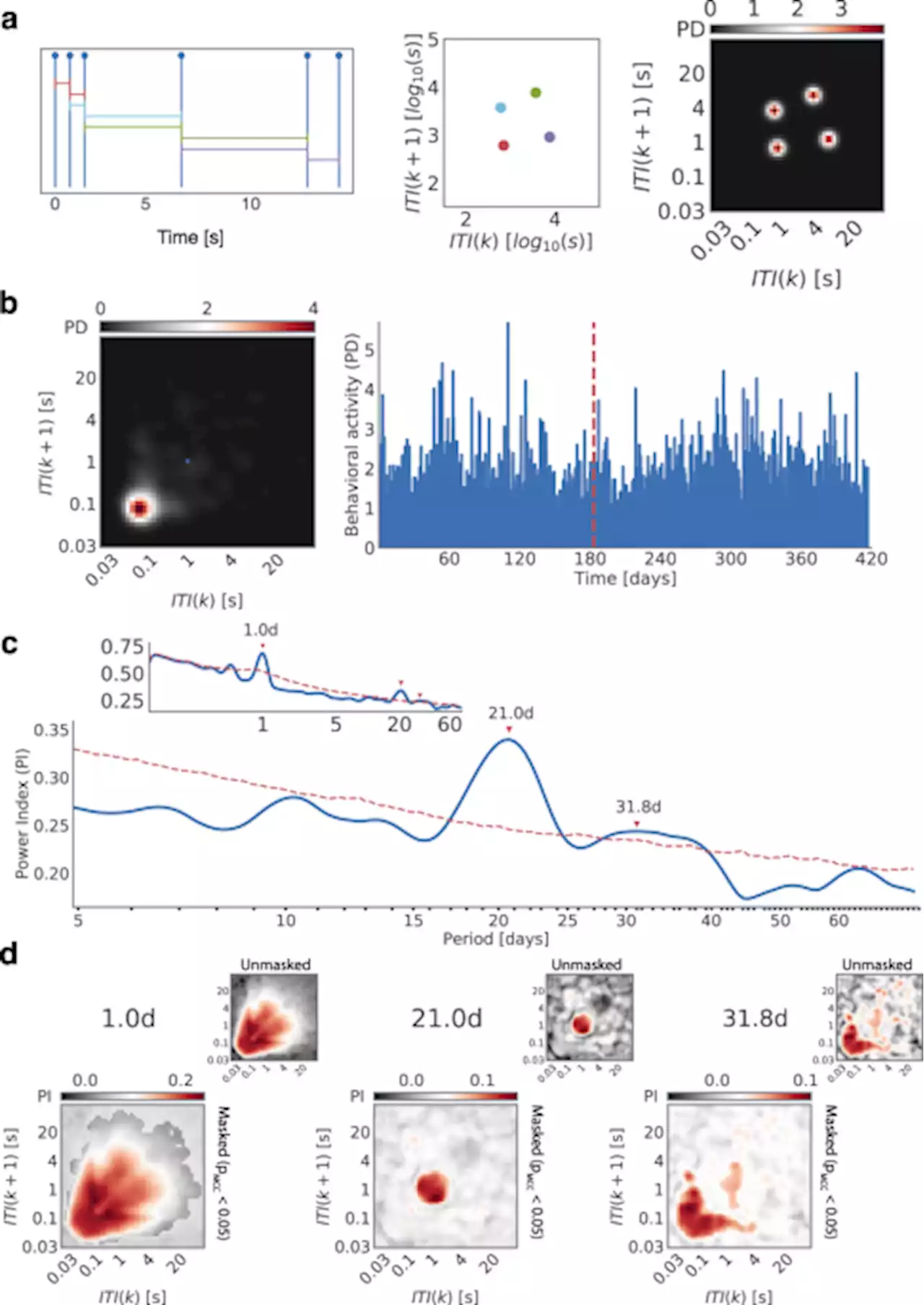 Common multi-day rhythms in smartphone behavior - npj Digital MedicineSmartphone study reveals that bodily rhythm affects behavior unileidennews NaturePortfolio
Common multi-day rhythms in smartphone behavior - npj Digital MedicineSmartphone study reveals that bodily rhythm affects behavior unileidennews NaturePortfolio
Read more »
 What is a mental disorder? Evaluating the lay concept of Mental Ill Health in the United States - BMC PsychiatryPurpose How “mental disorder” should be defined has been the focus of extensive theoretical and philosophical debate, but how the concept is understood by laypeople has received much less attention. The study aimed to examine the content (distinctive features and inclusiveness) of these concepts, their degree of correspondence to the DSM-5 definition, and whether alternative concept labels (“mental disorder”, “mental illness”, “mental health problem”, “psychological issue”) have similar or different meanings. Methods We investigated concepts of mental disorder in a nationally representative sample of 600 U.S. residents. Subsets of participants made judgments about vignettes describing people with 37 DSM-5 disorders and 24 non-DSM phenomena including neurological conditions, character flaws, bad habits, and culture-specific syndromes. Results Findings indicated that concepts of mental disorder were primarily based on judgments that a condition is associated with emotional distress and impairment, and that it is rare and aberrant. Disorder judgments were only weakly associated with the DSM-5: many DSM-5 conditions were not judged to be disorders and many non-DSM conditions were so judged. “Mental disorder”, “mental illness”, and “mental health problem” were effectively identical in meaning, but “psychological issue” was somewhat more inclusive, capturing a broader range of conditions. Conclusion These findings clarify important issues surrounding how laypeople conceptualize mental disorder. Our findings point to some significant points of disagreement between professional and public understandings of disorder, while also establishing that laypeople’s concepts of mental disorder are systematic and structured.
What is a mental disorder? Evaluating the lay concept of Mental Ill Health in the United States - BMC PsychiatryPurpose How “mental disorder” should be defined has been the focus of extensive theoretical and philosophical debate, but how the concept is understood by laypeople has received much less attention. The study aimed to examine the content (distinctive features and inclusiveness) of these concepts, their degree of correspondence to the DSM-5 definition, and whether alternative concept labels (“mental disorder”, “mental illness”, “mental health problem”, “psychological issue”) have similar or different meanings. Methods We investigated concepts of mental disorder in a nationally representative sample of 600 U.S. residents. Subsets of participants made judgments about vignettes describing people with 37 DSM-5 disorders and 24 non-DSM phenomena including neurological conditions, character flaws, bad habits, and culture-specific syndromes. Results Findings indicated that concepts of mental disorder were primarily based on judgments that a condition is associated with emotional distress and impairment, and that it is rare and aberrant. Disorder judgments were only weakly associated with the DSM-5: many DSM-5 conditions were not judged to be disorders and many non-DSM conditions were so judged. “Mental disorder”, “mental illness”, and “mental health problem” were effectively identical in meaning, but “psychological issue” was somewhat more inclusive, capturing a broader range of conditions. Conclusion These findings clarify important issues surrounding how laypeople conceptualize mental disorder. Our findings point to some significant points of disagreement between professional and public understandings of disorder, while also establishing that laypeople’s concepts of mental disorder are systematic and structured.
Read more »
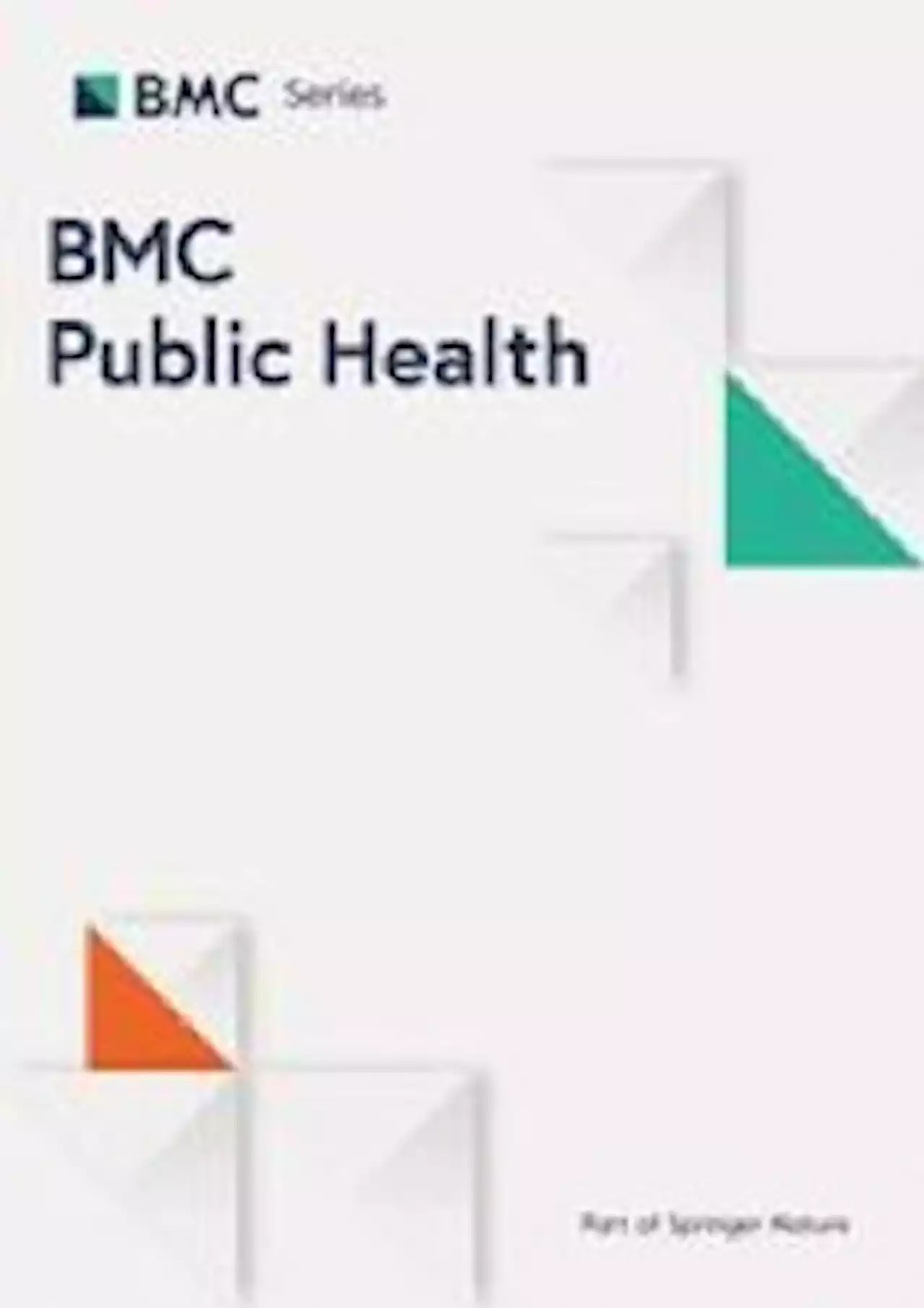 Overall lifestyle changes in adulthood are associated with cancer incidence in the Norwegian Women and Cancer Study (NOWAC) – a prospective cohort study - BMC Public HealthBackground Cancer is a leading cause of premature death worldwide and incidence is expected to rise in the coming decades. Many cohort studies, measuring lifestyle factors at one time-point, have observed that overall healthy lifestyles were inversely related to cancer incidence. However, there is little knowledge on the impact of lifestyle modification within adulthood. Methods Using the Norwegian Women and Cancer study, two repeated self-reported assessments of lifestyle behaviours were used to calculate healthy lifestyle index scores at each time-point (N = 66 233). The associations between change in healthy lifestyle index score and lifestyle-related cancer incidence, including alcohol-, tobacco-, obesity-, and reproductive-related, and site-specific breast and colorectal cancer incidence were estimated using Cox proportional hazard regression models. To assess nonlinearity in the dose–response relationships, restricted cubic spline models were used. Results Independent of baseline lifestyle, positive lifestyle changes were inversely related to the incidence of overall lifestyle-related cancers, as well as alcohol-related, tobacco-related, obesity-related, and reproductive-related cancers, but not breast and colorectal site-specific cancers. An association between lifestyle worsening and cancer incidence compared to stable lifestyle was observed. Conclusions This study provides evidence that overall lifestyle changes among cancer-free women between the ages of 41 and 76 impact the incidence of many cancer types. Regardless of baseline lifestyle, there was a negative dose–response relationship between magnitude of positive lifestyle change and the incidence of overall lifestyle-related cancers. We observed that underlying this trend was an especially clear association between lifestyle worsening and increased risk compared to stable lifestyle. For adult women, maintaining a stable healthy lifestyle and lifestyle improvement are important for preventing the occurr
Overall lifestyle changes in adulthood are associated with cancer incidence in the Norwegian Women and Cancer Study (NOWAC) – a prospective cohort study - BMC Public HealthBackground Cancer is a leading cause of premature death worldwide and incidence is expected to rise in the coming decades. Many cohort studies, measuring lifestyle factors at one time-point, have observed that overall healthy lifestyles were inversely related to cancer incidence. However, there is little knowledge on the impact of lifestyle modification within adulthood. Methods Using the Norwegian Women and Cancer study, two repeated self-reported assessments of lifestyle behaviours were used to calculate healthy lifestyle index scores at each time-point (N = 66 233). The associations between change in healthy lifestyle index score and lifestyle-related cancer incidence, including alcohol-, tobacco-, obesity-, and reproductive-related, and site-specific breast and colorectal cancer incidence were estimated using Cox proportional hazard regression models. To assess nonlinearity in the dose–response relationships, restricted cubic spline models were used. Results Independent of baseline lifestyle, positive lifestyle changes were inversely related to the incidence of overall lifestyle-related cancers, as well as alcohol-related, tobacco-related, obesity-related, and reproductive-related cancers, but not breast and colorectal site-specific cancers. An association between lifestyle worsening and cancer incidence compared to stable lifestyle was observed. Conclusions This study provides evidence that overall lifestyle changes among cancer-free women between the ages of 41 and 76 impact the incidence of many cancer types. Regardless of baseline lifestyle, there was a negative dose–response relationship between magnitude of positive lifestyle change and the incidence of overall lifestyle-related cancers. We observed that underlying this trend was an especially clear association between lifestyle worsening and increased risk compared to stable lifestyle. For adult women, maintaining a stable healthy lifestyle and lifestyle improvement are important for preventing the occurr
Read more »
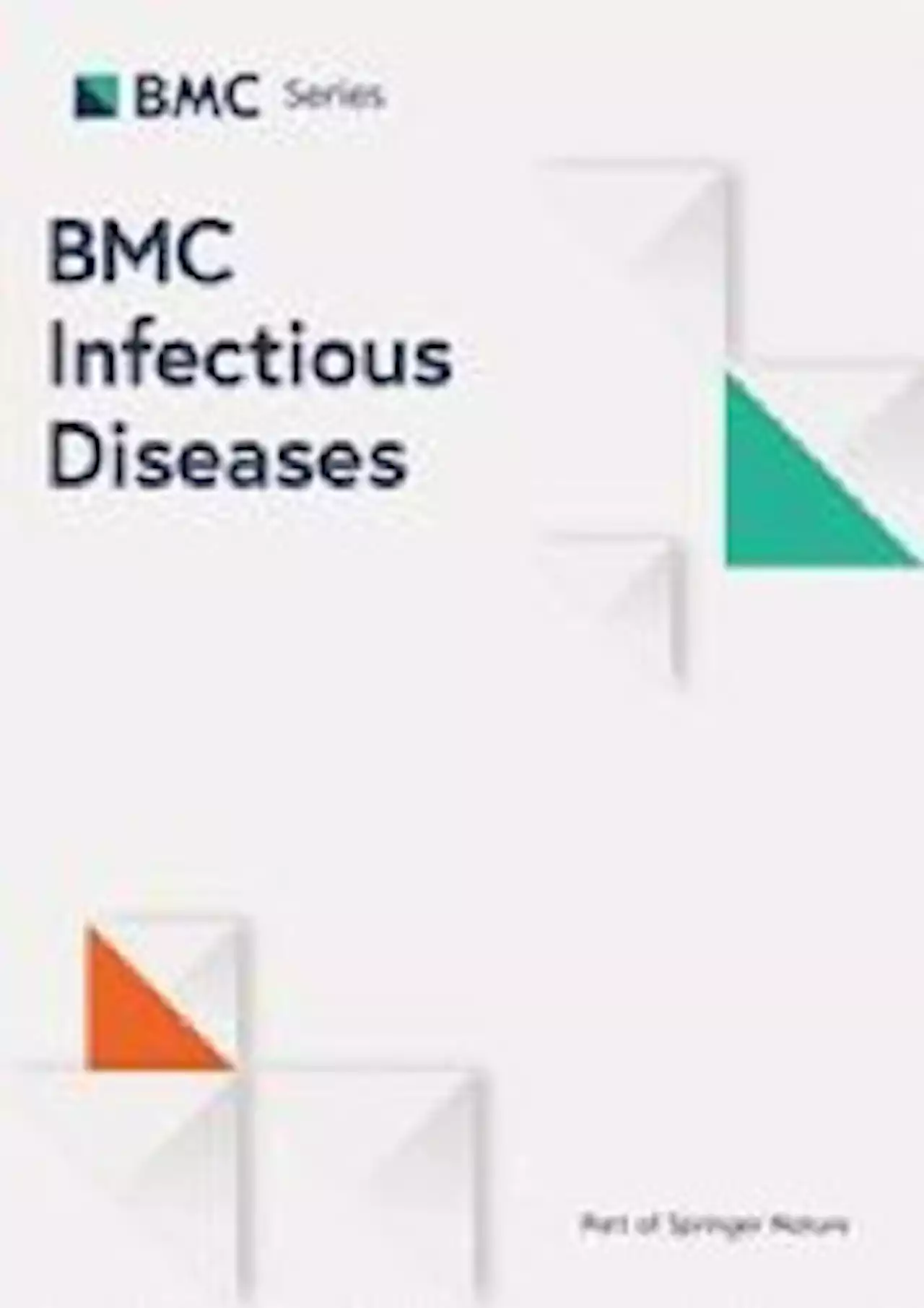 Timing of vasopressin initiation and mortality in patients with septic shock: analysis of the MIMIC-III and MIMIC-IV databases - BMC Infectious DiseasesBackground vasopressin is commonly used as a second-line vasopressor for patients with septic shock, but the optimal timing of initiation is uncertain. This study was designed to investigate when vasopressin initiation may be beneficial for 28-day mortality in septic shock patients. Methods This was a retrospective observational cohort study from the MIMIC-III v1.4 and MIMIC-IV v2.0 databases. All adults diagnosed with septic shock according to Sepsis-3 criteria were included. Patients were stratified into two groups based on norepinephrine (NE) dose at the time of vasopressin initiation, defined as the low doses of NE group (NE|0.25 µg/kg/min) and the high doses of NE group (NE ≥ 0.25 µg/kg/min). The primary end‐point was 28‐day mortality after diagnosis of septic shock. The analysis involved propensity score matching (PSM), multivariable logistic regression, doubly robust estimation, the gradient boosted model, and an inverse probability‐weighting model. Results A total of 1817 eligible patients were included in our original cohort (613 in the low doses of NE group and 1204 in the high doses of NE group). After 1:1 PSM, 535 patients from each group with no difference in disease severity were included in the analysis. The results showed that vasopressin initiation at low doses of NE was associated with reduced 28-day mortality (odds ratio [OR] 0.660, 95% confidence interval [CI] 0.518–0.840, p | 0.001). Compared with patients in the high doses of NE group, patients in the low doses of NE group received significantly shorter duration of NE, with less intravenous fluid volume on the first day after initiation of vasopressin, more urine on the second day, and longer mechanical ventilation-free days and CRRT-free days. Nevertheless, there were no significant differences in hemodynamic response to vasopressin, duration of vasopressin, and ICU or hospital length of stay. Conclusions Among adults with septic shock, vasopressin initiation when low-dose NE was used was asso
Timing of vasopressin initiation and mortality in patients with septic shock: analysis of the MIMIC-III and MIMIC-IV databases - BMC Infectious DiseasesBackground vasopressin is commonly used as a second-line vasopressor for patients with septic shock, but the optimal timing of initiation is uncertain. This study was designed to investigate when vasopressin initiation may be beneficial for 28-day mortality in septic shock patients. Methods This was a retrospective observational cohort study from the MIMIC-III v1.4 and MIMIC-IV v2.0 databases. All adults diagnosed with septic shock according to Sepsis-3 criteria were included. Patients were stratified into two groups based on norepinephrine (NE) dose at the time of vasopressin initiation, defined as the low doses of NE group (NE|0.25 µg/kg/min) and the high doses of NE group (NE ≥ 0.25 µg/kg/min). The primary end‐point was 28‐day mortality after diagnosis of septic shock. The analysis involved propensity score matching (PSM), multivariable logistic regression, doubly robust estimation, the gradient boosted model, and an inverse probability‐weighting model. Results A total of 1817 eligible patients were included in our original cohort (613 in the low doses of NE group and 1204 in the high doses of NE group). After 1:1 PSM, 535 patients from each group with no difference in disease severity were included in the analysis. The results showed that vasopressin initiation at low doses of NE was associated with reduced 28-day mortality (odds ratio [OR] 0.660, 95% confidence interval [CI] 0.518–0.840, p | 0.001). Compared with patients in the high doses of NE group, patients in the low doses of NE group received significantly shorter duration of NE, with less intravenous fluid volume on the first day after initiation of vasopressin, more urine on the second day, and longer mechanical ventilation-free days and CRRT-free days. Nevertheless, there were no significant differences in hemodynamic response to vasopressin, duration of vasopressin, and ICU or hospital length of stay. Conclusions Among adults with septic shock, vasopressin initiation when low-dose NE was used was asso
Read more »
